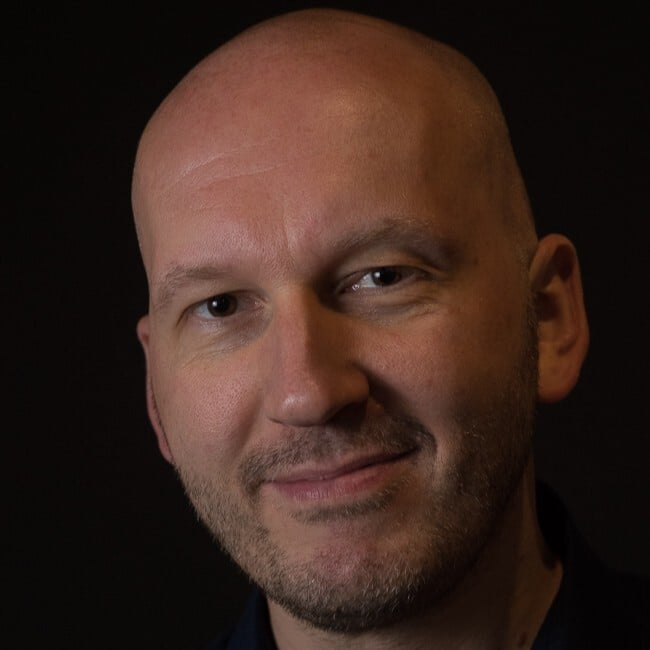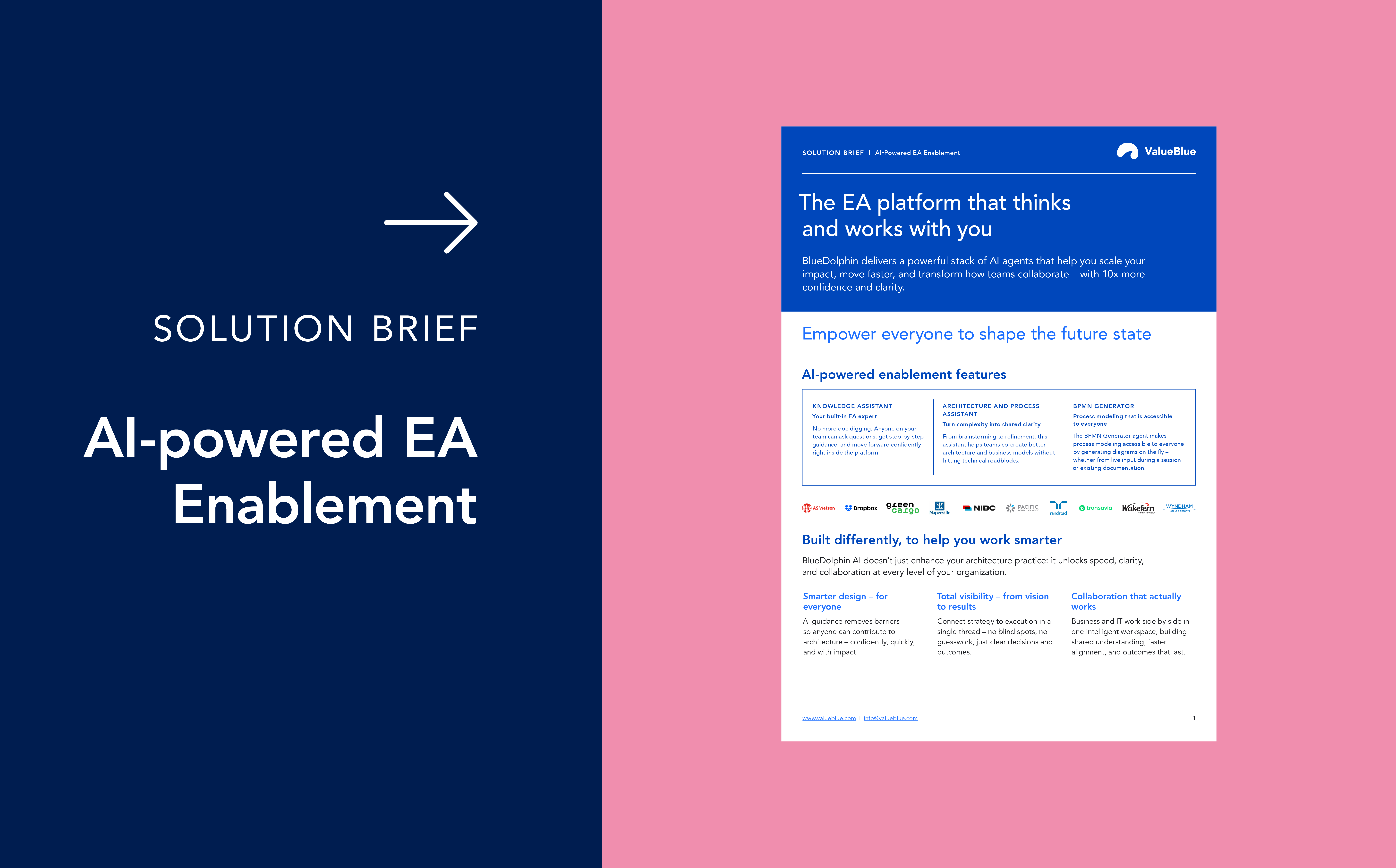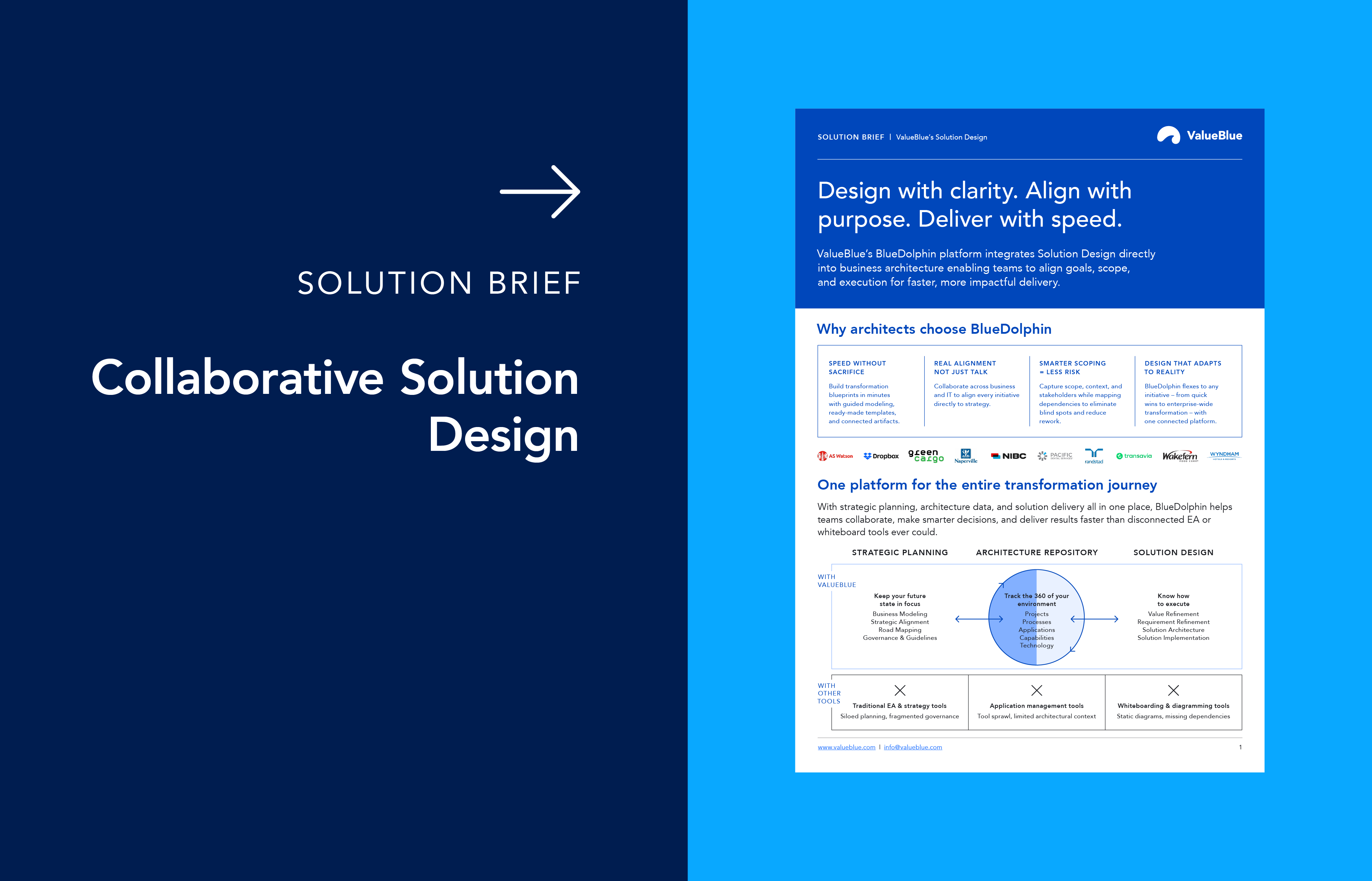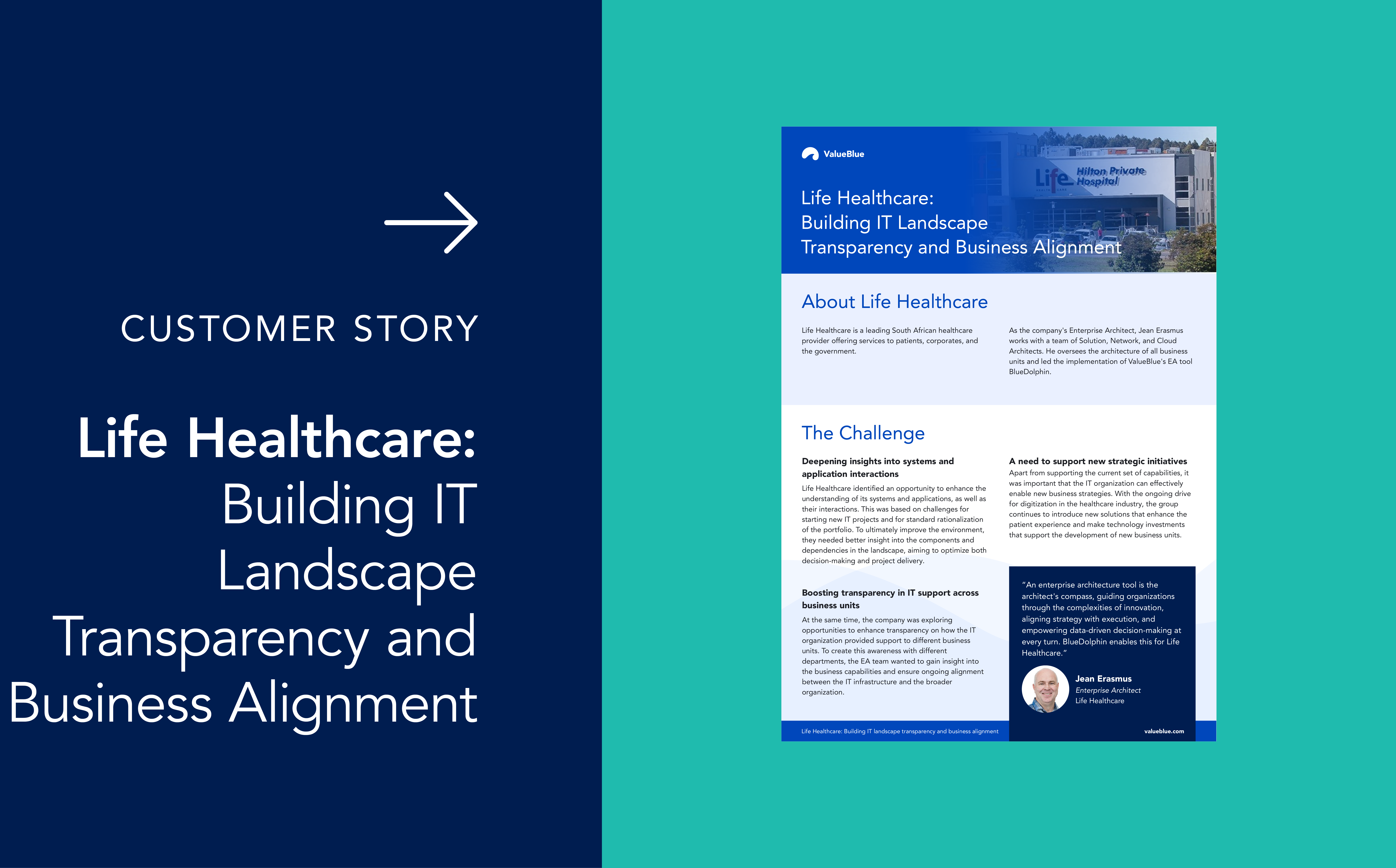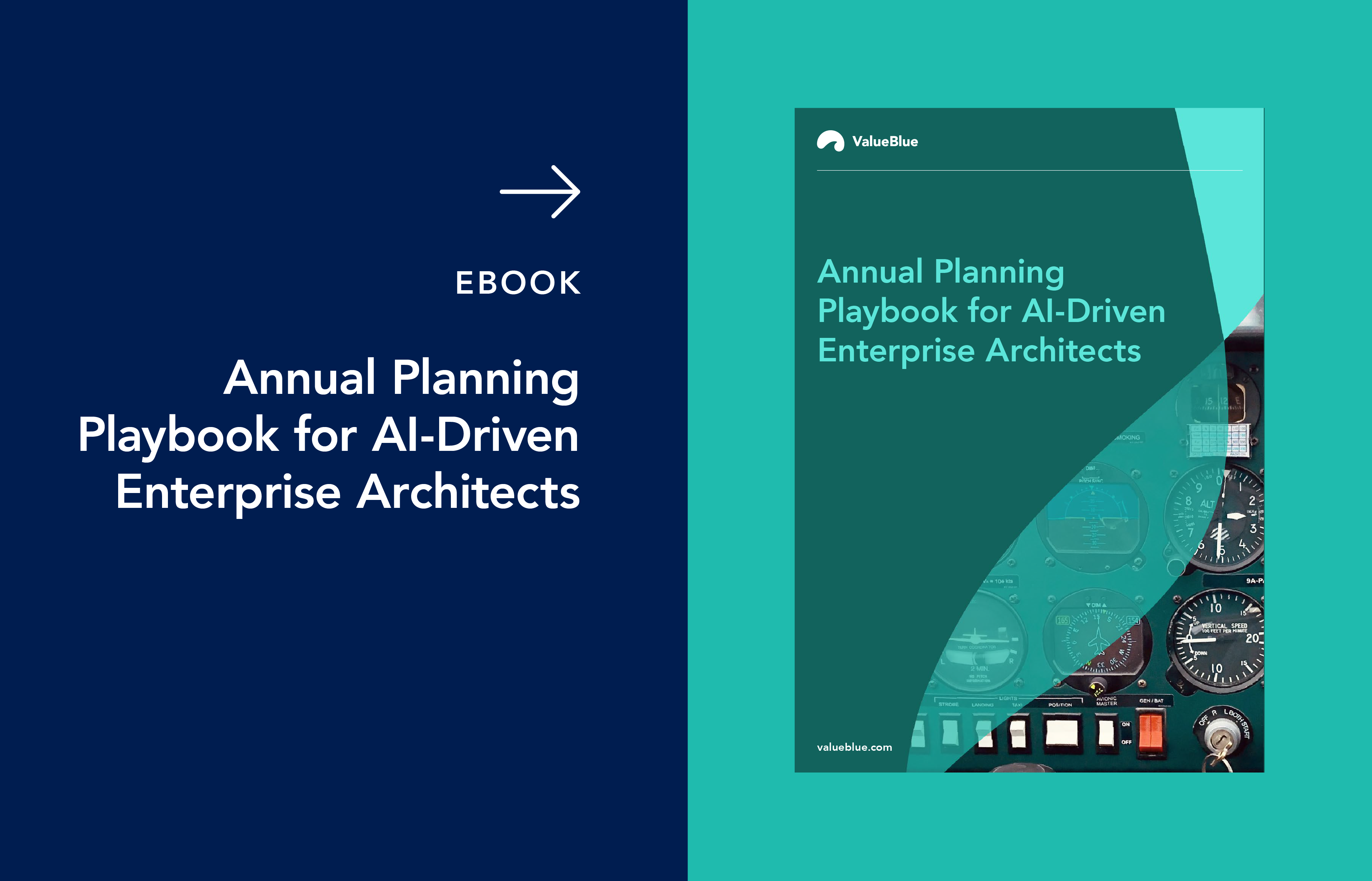Event Recap: The Art of Enterprise Architecture 2025
At first glance, art and Enterprise Architecture (EA) might seem worlds apart. While art focuses on interpreting and preserving the past and present, EA is typically seen as a tool for shaping the future. In reality, these two fields intersect in meaningful ways. Enterprise Architecture enables institutions such as museums to realize their digital strategies and deliver value, while enterprise architects blend structured methods with creativity – a form of art in itself.
This connection was especially clear at this year’s edition of The Art of Enterprise Architecture event, hosted at the Rijksmuseum. Here’s a summary of the key discussions and insights from the event.
Rijksmuseum: Keeping heritage alive and accessible
Rob Hendriks and Robbert Steman demonstrated how Enterprise Architecture supports the Rijksmuseum’s digital strategy, enabling them to manage complex technology systems to preserve cultural heritage while meeting the expectations of today’s visitors. A prime example is Operation Night Watch, the museum’s largest and most ambitious research and restoration project focused on Rembrandt’s The Night Watch. Over five years, the museum’s team used advanced imaging, scientific analysis, and artificial intelligence to study every detail of the painting, leading to breakthroughs in understanding Rembrandt’s techniques and the artwork’s condition.
Crucially, the Rijksmuseum has made ultra-high-resolution digital scans of The Night Watch freely available on their website, letting anyone examine the painting in unprecedented detail and follow the restoration process remotely. This is part of a broader digital transformation supported by EA that includes digitizing the museum’s vast collections – through platforms such as Rijksstudio and Collection Online – making hundreds of thousands of artworks, prints, and documents accessible to researchers and the public worldwide. These efforts safeguard the collection for the future and open up new opportunities for research, education, and engagement far beyond the museum’s walls. Download Rijksmuseum's presentation
Emerald Publishing: Ensuring successful mergers and acquisitions
Next, Caroline Airey and Myles Slater from Emerald Publishing showed how Enterprise Architecture has become central to their approach for managing mergers and acquisitions. It helps them ensure that systems, processes, and data from newly acquired companies integrate smoothly with their existing operations. By moving from an ad hoc process to a structured, architecture-driven method, Emerald Publishing can now collect key information efficiently, identify risks early, and use data-driven templates to guide each stage of the M&A process – from due diligence and selection to post-acquisition integration.
This approach has allowed the company to maintain business continuity, unlock value more quickly, and make informed decisions about which systems to keep, migrate, or retire, all while supporting the needs of both their internal teams and external stakeholders. A major benefit the company highlighted is how this approach helps them expand their reach to more authors and content, thanks to improved integration and communication across their platforms. With over 400 journals, 500,000 research authors, and millions of annual downloads, using EA ensures that new acquisitions don’t disrupt their content pipelines or customer engagement.
Whynde Kuehn: Building the future, one design at a time
Next, Whynde Kuehn delivered an inspiring vision of enterprise architects as designers of the future, emphasizing that their role goes far beyond technical expertise – they are key to intentionally shaping how organizations operate and adapt. She explained that business architecture has evolved into a strategic discipline, serving as the keystone that connects high-level strategy to on-the-ground execution.
Kuehn highlighted that effective enterprise architects need to develop new skills, including strategic thinking, creative synthesis, and the ability to integrate diverse perspectives. She stressed that business architecture creates the “golden thread” aligning strategy and execution, helping organizations stay flexible and competitive. In her passionate presentation, Whynde encouraged architects to build a strong foundation of business knowledge, champion integrated design, and lead conversations that challenge the status quo.
KPMG & Facilicom: Turning mistakes into lessons
Next, Olga Kulikova of KPMG and Shivaye Jagesar of Facilicom shared practical lessons on making Enterprise Architecture work in large, complex organizations. They described how a siloed approach turns EA into a bottleneck, with architects focused mainly on long-term target states and heavy documentation, rather than enabling real-time decision-making and supporting ongoing projects. Recognizing these challenges, both organizations shifted to a more modern, digital approach – using BlueDolphin to create a single source of truth and support live, discoverable architecture products. This shift allowed them to move away from static documents and late-stage reviews, and instead involve architects earlier in planning, scenario analysis, and impact assessments.
A key takeaway from their experience is that Enterprise Architecture tools offer a curated palette – it’s the architects’ skill in blending these colors that truly makes a difference. Within their teams, architects now act as facilitators and internal consultants, collaborating closely with both business and IT stakeholders. Their focus is on delivering “just-enough, just-in-time” architecture that supports informed decision-making, strategic planning, and sustainability objectives.
ValueBlue product roadmap
The event concluded with a presentation from ValueBlue, presenting our new features roadmap and further development in AI that will soon be made available for clients.
Enterprise Architecture can be an art!
From the Rijksmuseum’s digital transformation and Emerald Publishing’s structured approach to growth, to Whynde Kuehn’s call for architects to lead with vision and the practical lessons from KPMG and Facilicom, the sessions highlighted the value of combining structured methods with creativity, teamwork, and a focus on real outcomes.
Click here to download all the presentations from this year’s event – and stay tuned for next year’s!
